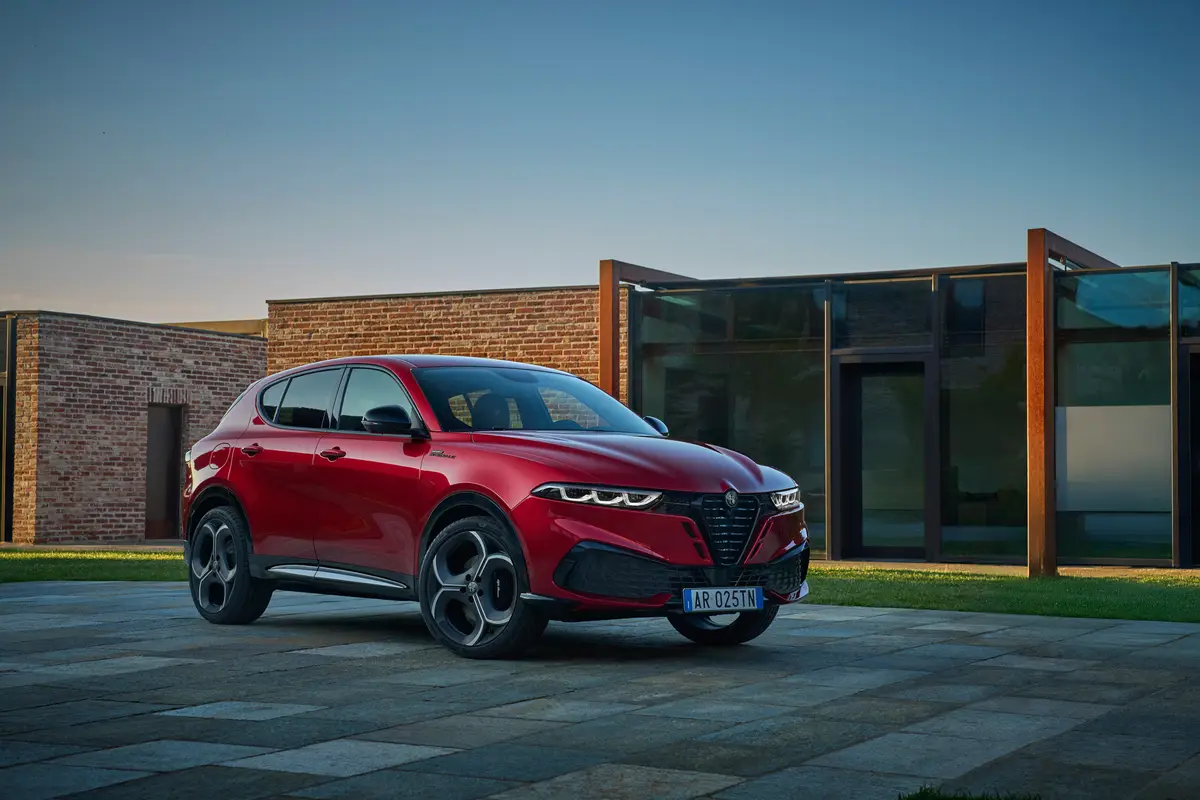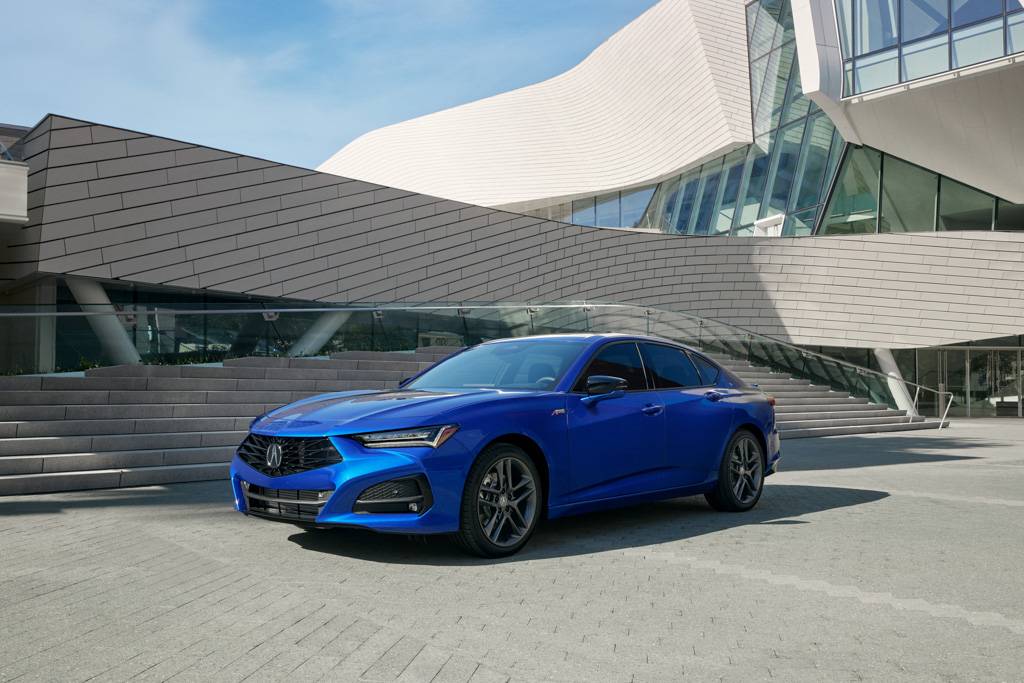IndyStar.com's view
The Buick Motor Division has never been known for doing things halfway, so it’s fitting that its new Regal GS and LS sedans go all the way.
To be introduced in Indianapolis Buick dealers’ showrooms in the second quarter of the new year, the front-drive 1997 1/2 Regal covers the hotly contested midsized sedan market with a two-pronged approach.
The Regal GS is a sports-oriented four-door that features a supercharged 3800 Series II V-6 engine. The LS offers new standards of excellence and family accommodations in conjunction with its normally aspirated (nonsupercharged) 3800 V-6.
The “in” thing today at General Motors is “brand” management. As a consequence, the Regals’ visual cues project Buick’s character and styling philosophy.
I wouldn’t say that the sedans’ styling breaks any new aerodynamic ground. They pretty well follow the theme of a low front end/short rear deck, curving sheet metal, and a wide expanse of curved glass for maximum visibility.
But distinctive front and rear fascias and grilles immediately define the cars as being Regals.
When Buick engineers were working their magic on computer design screens, they had the good sense to make the 1997 1/2 Regals larger for greater comfort. The wheelbase has been increased 1 1/2 inches to 109 inches. The overall length increase of 2.1 inches takes the length out to 196.2.
Sports-oriented Regal drivers are going to opt for the GS model, mainly because its 3.8-liter (231-cubic inch) V-6 is supercharged. The V-6 is the basic design upon which the Buick V-6s used in the Indianapolis 500 are based. Running a blower gives the GS engine a whopping 45-horsepower advantage over the normally aspirated 3.8 in the LS.
The engine is founded on the rather basic design of push rods and rocker arms and two valves per cylinder, certainly not the most high- tech configuration. But because the 90-degree V-6 uses crank pins that are offset 30 degrees from each other for an even firing order, the engine is as smooth as a V-8 and in many cases more powerful, courtesy of the supercharger.
The GS sedan’s V-6 is rated at 240-horsepower with torque coming in at 280 foot-pounds. The torque differential between the two motors is even more dramatic, with the normally aspirated motor coming in at 220 foot-pounds.
Ordinarily when you have those horses, you have to feed them. But there’s a small spread between the two engines. The supercharged 3800 Series II is rated at 18 mpg city, while the nonsupercharged motor is 19 mpg. On the highway, it’s 28 mpg for the blown V-6 versus 30 mpg for the normally aspirated one.
The only transmission offered is an electronically controlled four-speed automatic. The supercharger calls for GM’s 4T65E automatic, which has a higher torque capacity than the 4T60E transmission used with the normally aspirated V-6. The 4T60E adapts to changes in altitude, barometric pressure and engine load. The 4T65E does these things and adjusts and redefines its shifting throughout the car’s lifetime.
But going fast or slow, Regal drivers will find themselves ensconced in the comforts of home.
Unlike the previous generation, which had a front bench seat and steering column gearshift, the new cars, which seat five, have individual front seats separated by a center console.
The console is a little different in that is has a pronounced front-to-rear upward rake, and holds power window controls as well as the shift quadrant.
With four gauge (speedometer, tachometer, temperature, fuel) instrumentation and the conventional location of climate and stereo controls, drivers can just jump in the 1997 1/2 Regal and get the feeling of being with an old friend.
Latest news



